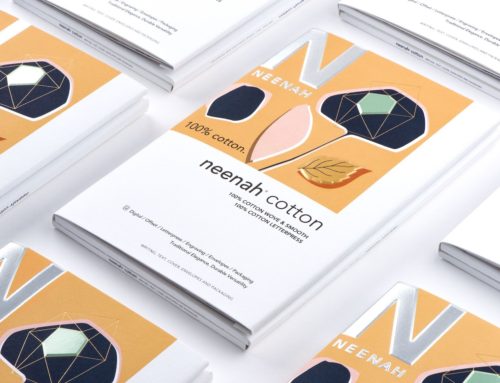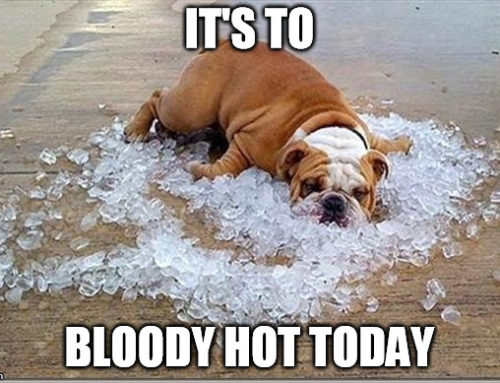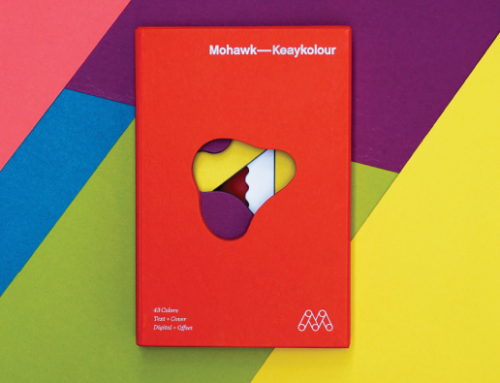Meredith Christiansen is Product Manager, Neenah Paper. The Greenspeak Glossary is part of Neenah Green, a multiheaded initiative to alleviate climate change by using cutting-edge environmental technologies to reduce its carbon footprint and by providing customers with a variety of sustainable choices.OK, ‘fess up. There are times when you’re discussing green design that you’d like to keep up with your environmentalist colleagues, but you don’t quite recognize all of the terms being used. You’re not alone. The design lexicon is now chock full of green words and phrases. To help those of us who may not understand all of them yet, we at Neenah Paper put together the following glossary:
Alternative energy: Energy derived from sources that have little or no impact on the environment and produce no net greenhouse gas emissions in generating electricity. Such sources include wind and solar.
Carbon footprint: An estimate of an individual’s or organization’s impact on the environment. Usually measured in terms of greenhouse gases produced or emitted. To calculate the environmental impact of using papers containing post consumer content, see the Environmental Defense paper calculator at papercalculator.org.
Carbon neutral: Producing zero net greenhouse gas emissions. This is done either by using renewable energy sources, which produce no net greenhouse gas emissions, by increasing energy efficiency or by carbon offsetting (see below).
Carbon offsetting: The practice of engaging in or sponsoring of projects to nullify or “offset” greenhouse gases emitted. This can include such practices as planting trees and is often done via third party through purchase of carbon offsets. Offsetting is sometimes criticized because it does not require companies to actually reduce their greenhouse gas emissions.
Fossil fuels: Fuels including methane, petroleum, coal and natural gas, which are derived from fossil matter. Burning fossil fuels creates greenhouse gases, which are a factor in global warming.
FSC Pure (100%): Guaranteed as made only with virgin fiber that comes from a forest certified by the Forest Stewardship Counci (FSC). The certification process verifies that forests are well managed and ensures the replanting and reforesting of trees that are crucial to preventing climate change, combating air pollution and maintaining forest biodiversity.
FSC Mixed Sources: Papers made with FSC-certified mixed sources contain FS-certified virgin fiber along with FSC-controlled fiber and/or post-consumer content.
FSC Recycled: Papers made with post-consumer content that is certified by FSC as being from controlled sources.
Greenhouse Gases: Atmospheric gases that create a “greenhouse effect” that makes the planet inhabitable, including water vapor, carbon dioxide, methane, nitrous oxide and ozone. Increases in carbon dioxide, ozone and methane caused in part by the burning of fossil fuels, industry and emissions are considered to be factors in global warming.
Green-e Certified (Renewable Energy): Green-e is the nation’s leading independent consumer protection program for the sale of renewable energy and greenhouse gas reductions in the retail market. Green-e offers certification and verification of renewable energy and greenhouse gas mitigation products.
Post-consumer Fiber: Paper that has reached its intended end-user and then discarded. Typically this includes converters, printers and others who are adding value but are not the intended end-user.
Sustainable: Indefinitely viable, capable of maintaining productivity or usefulness in the long term. Sustainable design, graphic or otherwise, seeks to reduce impacts on the environment by relying on the use of renewable resources, among other measures.
These are some of the most commonly used environmental terms, and the green vocabulary is continually expanding. Refer to this article occasionally to brush up on your greenspeak, and soon enough, you’ll be able to offset your carbon footprint with the best of ’em.





